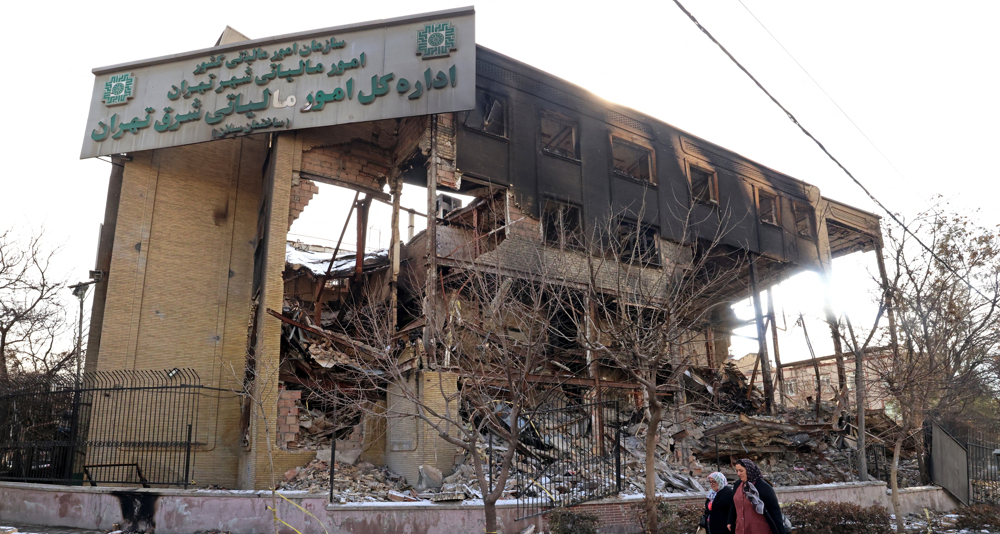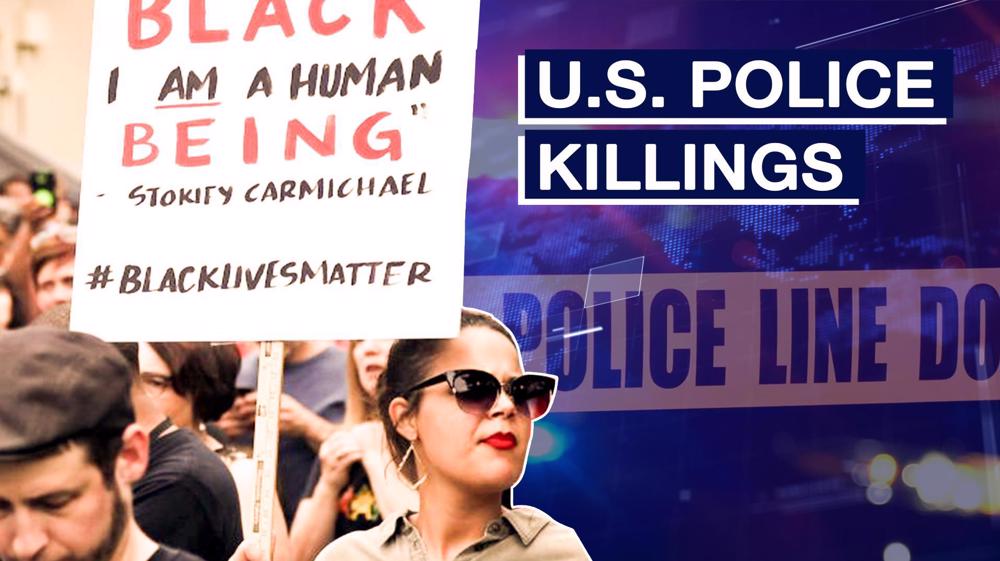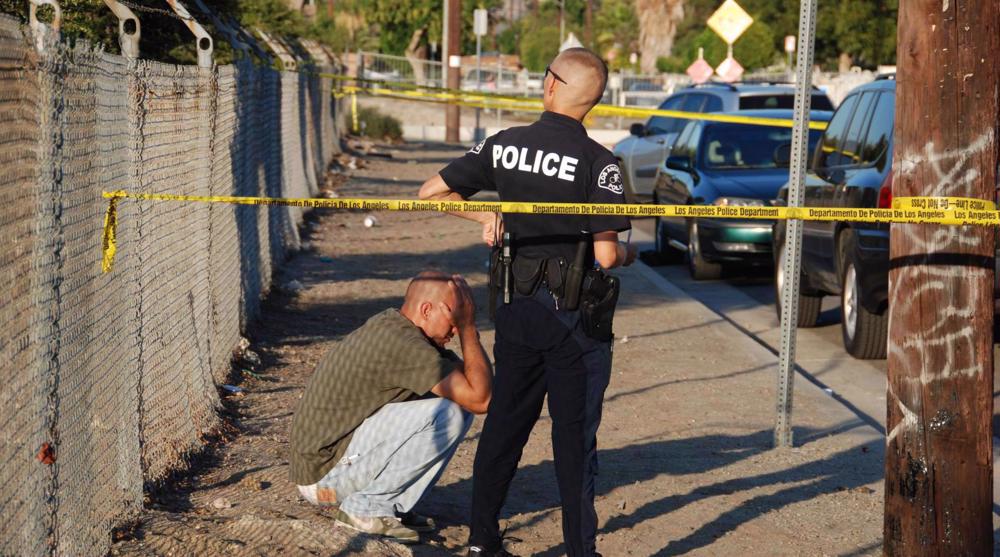US freeway expansion projects come at a cost to communities of color: Report
A new analysis of interstate highway expansion in the United States has shed light on the “deeply racist history” of the project, and how it has targeted properties predominantly in Black and Latino neighborhoods.
In a three-article series on harms inflicted by freeway expansion to communities of color in the US, the Los Angeles Times this week revealed that the mid-20th century large highway construction projects in many key states came at a heavy cost to the communities of color.
The report found that 100 percent of the 1,254 homes demolished were in non-white areas and nearly two-thirds of displacements disproportionately affected Black and Latino neighborhoods.
Decades later, freeway expansions are doing more of the same to children and grandchildren of those who were displaced by the project in past several decades.
In the last 30 years, 200,000 people have been forced out of their homes for freeway construction, according to the newspaper’s analysis of data it collected from states that have displaced the most families since 1991 — California, North Carolina, Texas, Florida and Mississippi.
Within the first two decades of construction alone, more than 1 million people were forced out of their homes, many of them in Black neighborhoods, according to the analysis. It said the actual number of displacements could be higher since many states fail to report accurate figures.
“Black neighborhoods were considered to be blight. They were considered to be slums,” the report quoted Eric Avila, a history and Chicano studies professor at UCLA, as saying.
“The dominant perspective of the time was to eradicate blight, to get rid of slums. These neighborhoods were simply wiped out without any efforts to remediate the damage that was done,” he added.
In the country’s 100 largest urban areas, highway planners added 30,000 miles of freeway lanes between 1993 and 2017, according to the Transportation for America, a nonprofit advocacy group.
Under the Federal-Aid Highway Act of 1956, the government was authorized to construct 41,000 miles of ambitious interstate highway system that would dramatically expand US roadways and connect 42 state capital cities and 90 percent of all American cities with populations over 50,000.
Though the goal of widening freeways was to eliminate traffic jams, experts have found that it has actually increased traffic, as it has led to housing development and encouraged more vehicle trips.
Many highways cut through neighborhoods, darkened and disrupted the pedestrian landscape, worsened air quality and torpedoed property values, experts said.
Communities lost churches, green space and whole swaths of homes due to the projects, as well.
“By the time the interstate highway system was completed, it had fundamentally restructured urban America,” according to New York University law professor Deborah Archer.
“Instead of going through Black communities, some interstate highways encircled them in an attempt to contain and confine black residents and skirt constitutional prohibitions on racial zoning,” Archer wrote in her article “White Men’s Roads Through Black Men’s Homes: Advancing Racial Equity Through Highway Reconstruction.”
With civil rights movements, including the Black Lives Matter, gaining momentum, congress and federal courts have begun to outlaw racist housing tactics, such as restrictive housing covenants that prevent Black residents from moving into white neighborhoods.
Trump used presidency to pocket $1.4 billion in first year back in office: Report
EU divided over new Iran sanctions
China hits US with economic counteroffensive after Maduro’s abduction: Report
Ben-Gvir arms more Israeli settlers amid rising violence in West Bank
'Hands on trigger': IRGC warns US and Israel against any miscalculation
VIDEO | US and Israel’s failed terrorism
After Venezuela, Trump sets sight on Cuba for 'regime change': Report
Trump’s ‘bulldozer’ diplomacy is deepening US-France rift: Analyst
















 This makes it easy to access the Press TV website
This makes it easy to access the Press TV website